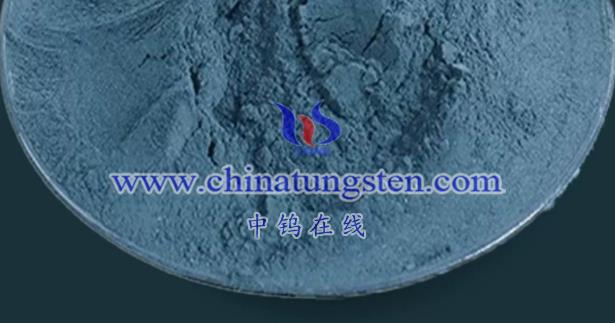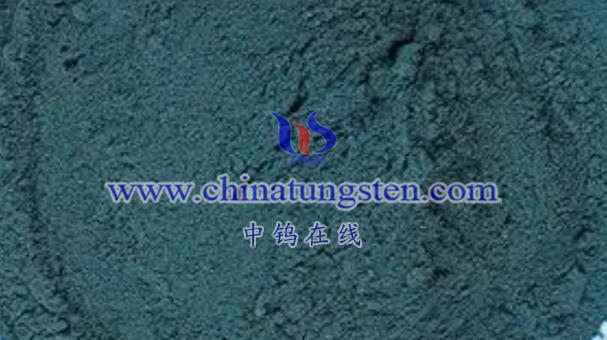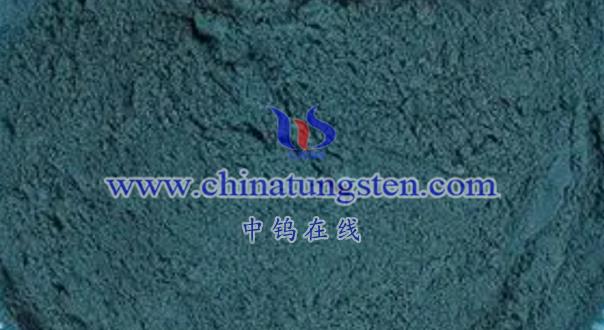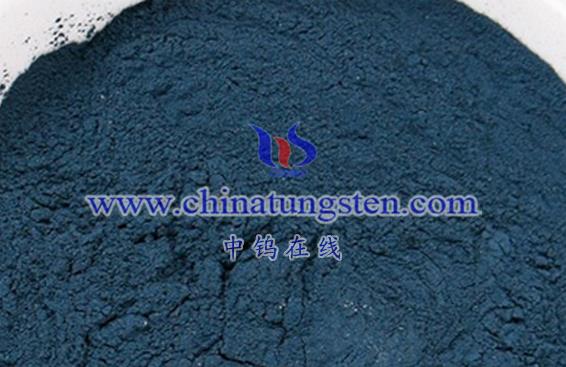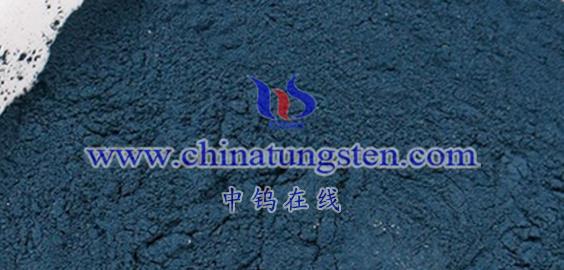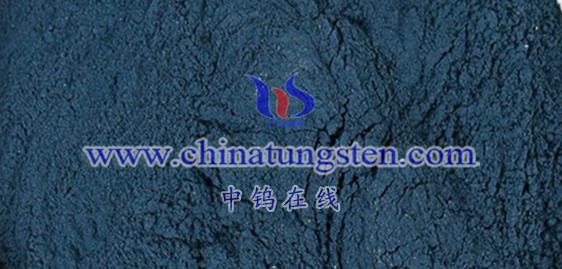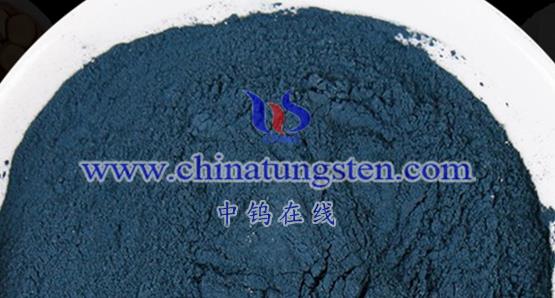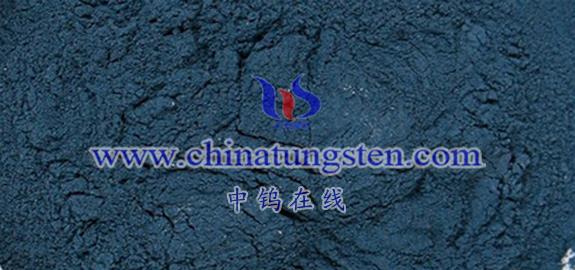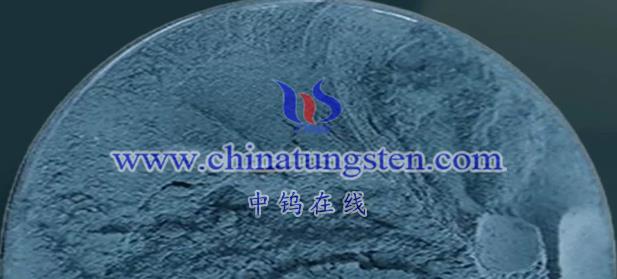
The chemical properties of tungsten bronze include its unique chemical composition and structure, solubility, redox properties, color and optical properties, electrical and thermal properties, as well as catalytic performance. These properties give tungsten bronze wide application potential in various fields.
Chemical Formula of Tungsten Bronze
The chemical formula of tungsten bronze is typically MxWO3, where M represents one or more cations, such as alkali metals (like sodium, potassium, cesium), alkaline earth metals, ammonium ions, and rare earth metal ions. The type of M and the value of x affect the physical and chemical properties of tungsten bronze.
Crystal Structure of Tungsten Bronze
Tungsten bronze usually adopts a cubic or tetragonal crystal structure, which has special spatial tunnels that facilitate the transport of electrons and ions.
Solubility of Tungsten Bronze
Tungsten bronze is insoluble in water and almost all acids except for hydrofluoric acid, but it dissolves in alkaline reagents. This chemical inertness allows tungsten bronze to remain stable in various environments.
Redox Properties of Tungsten Bronze
The tungsten element in tungsten bronze exists in multiple oxidation states (such as W6+, W5+, and W4+). This mixed valency gives tungsten bronze a certain redox capability. Under specific conditions, tungsten bronze can participate in redox reactions, such as reducing silver nitrate to metallic silver from its aqueous ammonia solution.
Color and Optical Properties of Tungsten Bronze
The color of tungsten bronze can vary greatly depending on its composition and crystal structure. For example, when M is sodium, the color of NaxWO3 changes from golden yellow to light bluish-gray as the value of x decreases. This color change is closely related to the electronic structure and optical properties of tungsten bronze. Tungsten bronze also exhibits excellent optical properties, such as high transparency, photochromism, and electrochromism, making it potentially useful in optical devices and smart windows.
Electrical and Thermal Properties of Tungsten Bronze
The conductivity of tungsten bronze is influenced by its composition and structure. Some tungsten bronzes exhibit metallic conductivity, while others show semiconductor properties. This variation in conductivity makes tungsten bronze widely applicable in electronic devices and energy storage materials. Tungsten bronze also has excellent thermal stability and thermal conductivity, enabling it to maintain stable performance in high-temperature environments.
Catalytic Performance of Tungsten Bronze
Tungsten bronze can be used as a catalyst or catalyst support in petrochemical and other industries to facilitate a series of chemical reactions. Its unique chemical structure and properties give tungsten bronze distinct advantages in the field of catalysis.
More details of tungsten oxide product, please visit website: tungsten-oxide.com
Please contact CHINATUNGSTEN for inquiry and order of tungsten oxide:
Email: sales@chinatungsten.com
Tel.: 86 592 5129595
